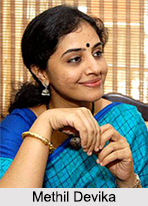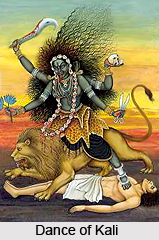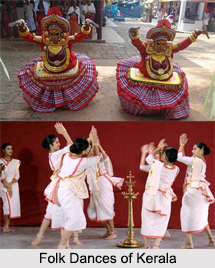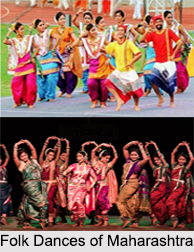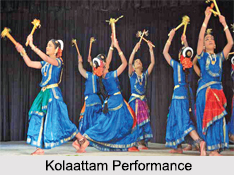Dulpod is a form of Goan dance song which is typically descriptive of Goan life, particularly that of the Christians. The song is also referred to as the "song of joyâ€. The dulpod is a sort of folk song that is anonymous and spontaneous in nature. The dance form which is performed in sync with this song at times even lacks in thematic unity.
History of Dulpod
It is believed that Dulpod dance song originated in the aristocratic mansions in Goa after the introduction of ballroom dancing in the early 19th century. The Goans fell in love with ballroom dancing, and mastered various such dances of different countries. But they wanted to have dance songs of their own hence the Mando, the Mando-Dulpod, the Deknni and the Dulpod songs were invented.
Themes of Dulpod
The main themes of the music are derived from the quick rhythm and themes based on the everyday life of the Goans. The plural of dulpod in Konkani is dulpodam. The tunes based on the dulpod are generally in the six-eight measure although the two-fourths are also much in use.
Composition of Dulpod
According to legend, in the earlier days, the songs were mainly composed in various villages of south Goa like Bannali (Benaulim), Kurhtori (Curtorim), Kut-tthal (Cortalim), Lotlli (Loutulim), Makzon (Macasana), Morhgoum (Margao), Murgoum (Mormugao), Naveli (Navelim), Rai (Raia), Sao Tome, Sankvall (Sancoale), Surali (Seraulim), and Tsandor (Chandor). Some other villages whose names appear in Saxtty were Divarhi (Divar), Dongri, Malar, Ponnji (Panjim), and Raibondar. The dialect of the dulpod is mainly Saxtti/Salcetan and it usually adopts Saxtti`s Brahmin mode. However, the speech of the dulpod gets changed into the Barhdexi dialect when it is performed in public or private.
The dulpod is usually sung in sequence with a Mando. One of the popular Dulpod is Farar-far zatai ranantu. The composer sings: "The white soldiers are shooting at the Rane. The Rane are shooting at the white soldiers." Of late, the dulpod Ya, ya, maya ya is often sung at the end of a sequence of mandos and dulpods. Some other Dulpods are Ai lia lia lo, Amani gamani, Banalichea Monti sokolo and many others.
